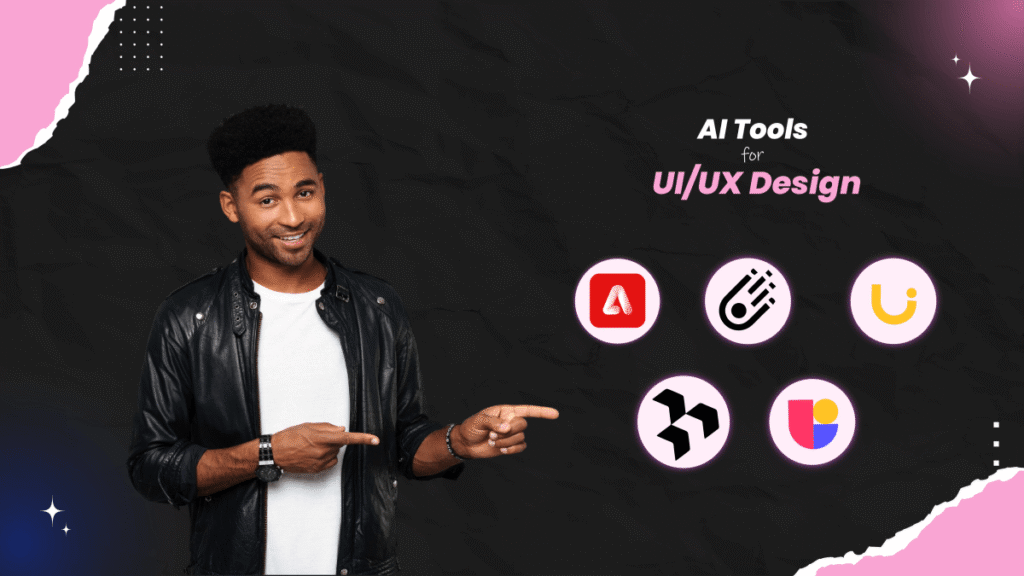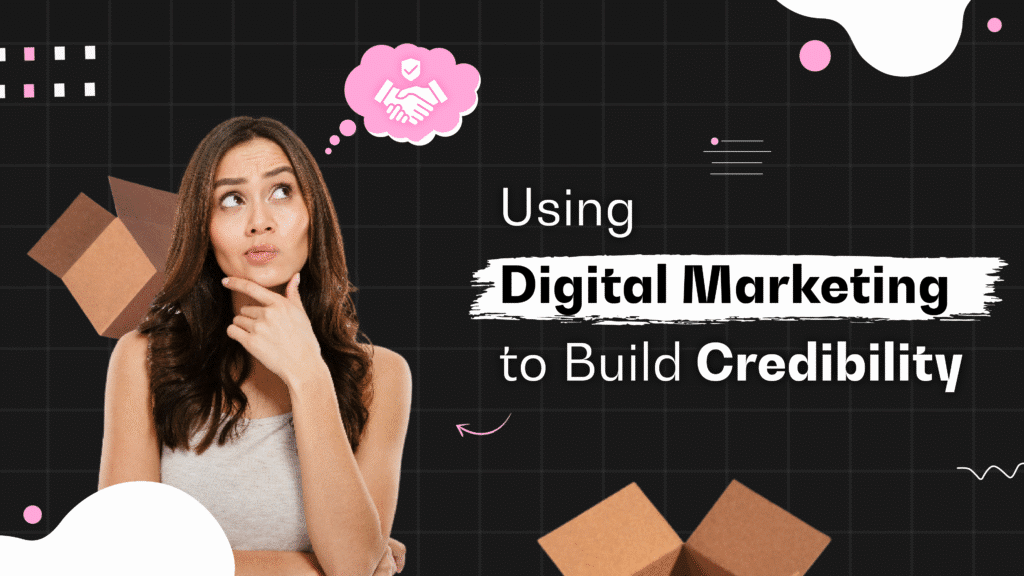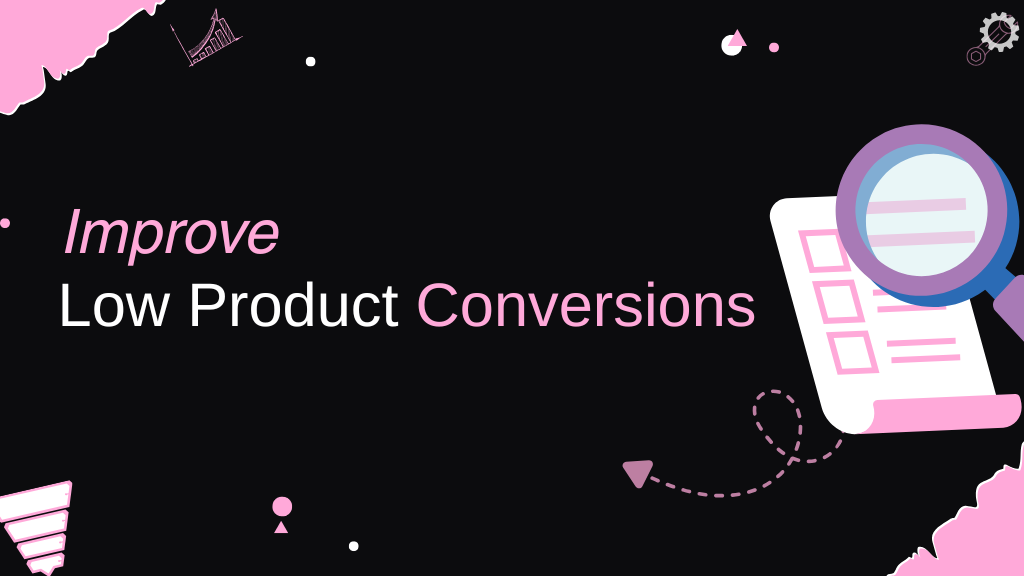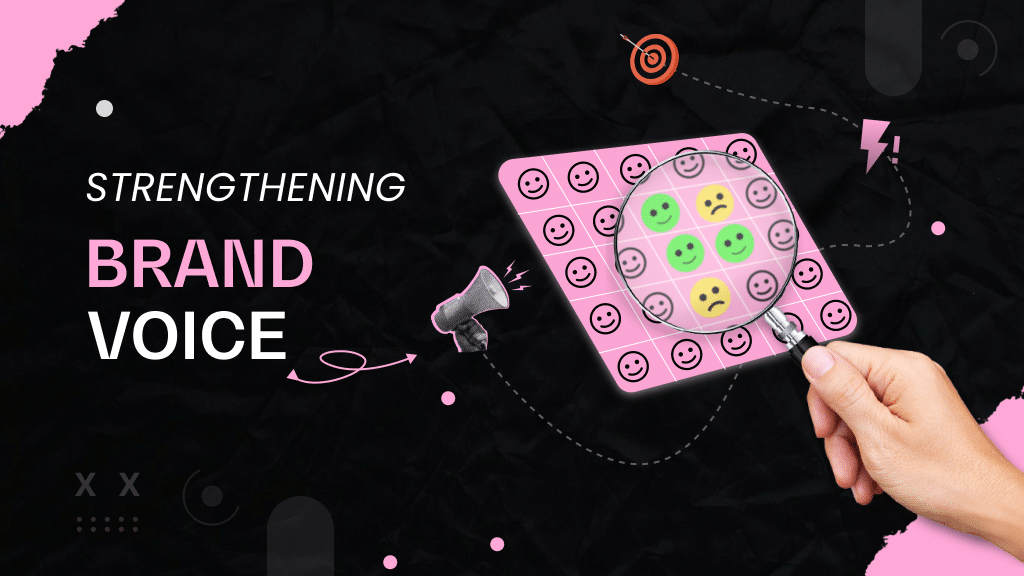Every industry is hyped with AI because of the speed at which AI tools are coming out. Everyone’s confused about which one to use, and will these tools help them become more productive?
The same is with the design world, and AI tools for UI UX design are making their way in the industry.
For some UI UX designers, they are just nice-to-have; for others, these tools have become part of their design process.
67% of design firms have already integrated some form of AI into their workflows.
So, in today’s blog, we’ve researched and come up with some of the best AI tools for UI UX design available in the market that can change your design workflow.
Best AI Tools for UI UX Design by Category
As a UI UX designer, you already know that your workflow consists of multiple processes from research to iteration.
Keeping that in mind, we have also organized these AI tools where they fit in your design process so that the whole process can become easy and you can prepare yourself for the future of UI UX design.
Research & Discovery
1. Dovetail AI
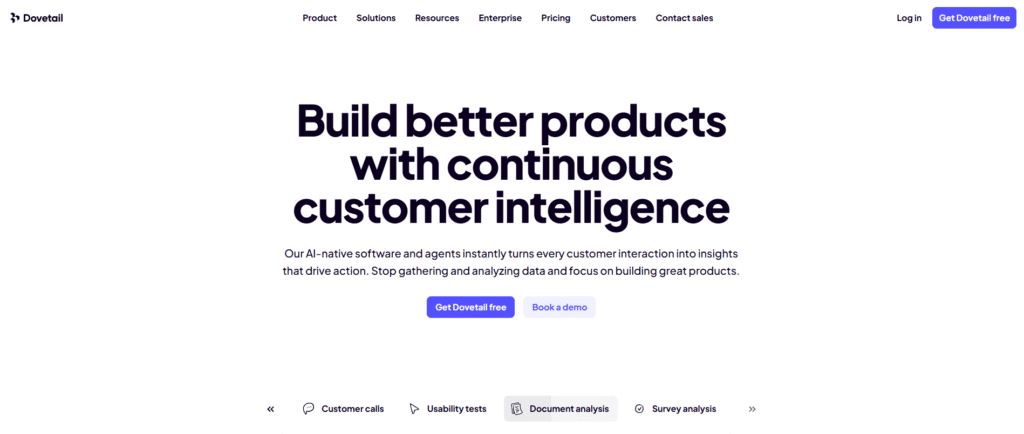
Dovetail AI will work for you as a research assistant.
This tool can automatically transcribe your user or client interviews and provide you with qualitative user research by highlighting themes, emotions, and key insights.
Instead of spending hours tagging and categorizing feedback, research teams can use Dovetail’s AI to spot patterns across multiple interviews and generate summaries in just a few minutes.
2. Useberry
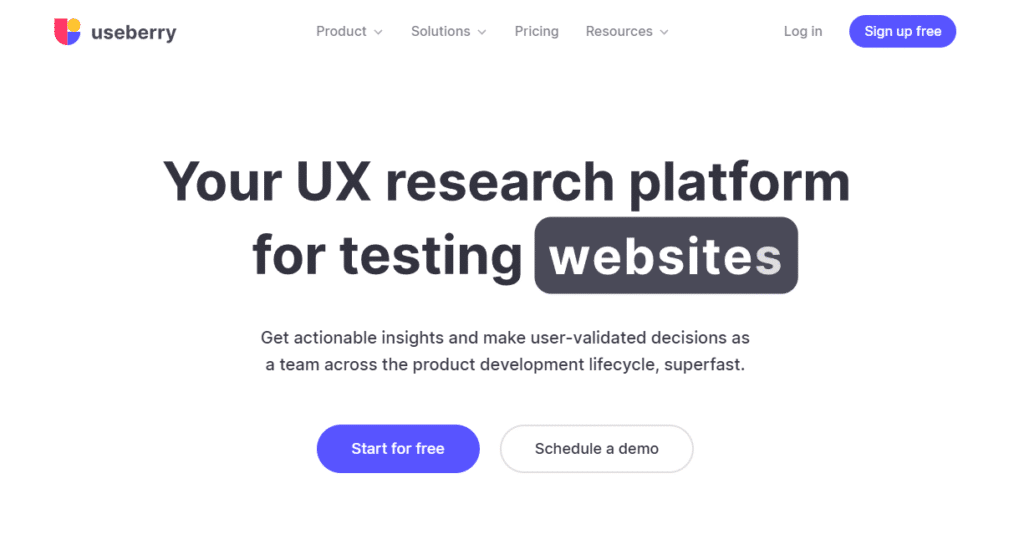
Useberry is one of the AI tools for UX designers, which is useful for prototype testing, and also has built-in analytics like click tracking, time-on-screen, and generating AI-highlighted friction points.
By using this tool, product teams can validate wireframes early, identify confusing flows, and improve UX before development starts.
Strategy & Problem Definition
3. ChatGPT
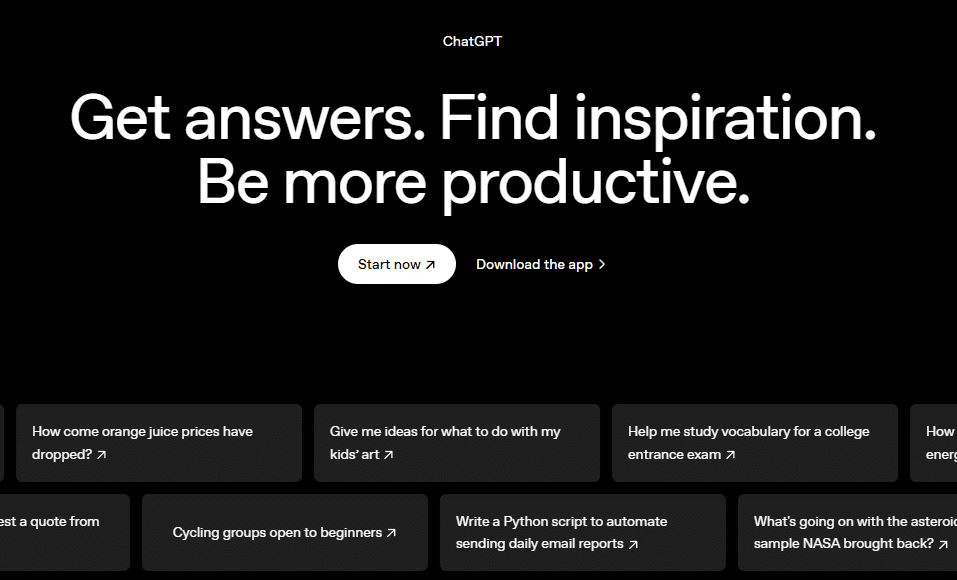
ChatGPT (with UX prompts) is your LLM-powered assistant for generating personas, reframing problem statements, and drafting journey maps.
UX writers can create realistic personas and refine user journeys, plus microcopy quickly by giving ChatGPT some structured prompts.
4. Miro Assist
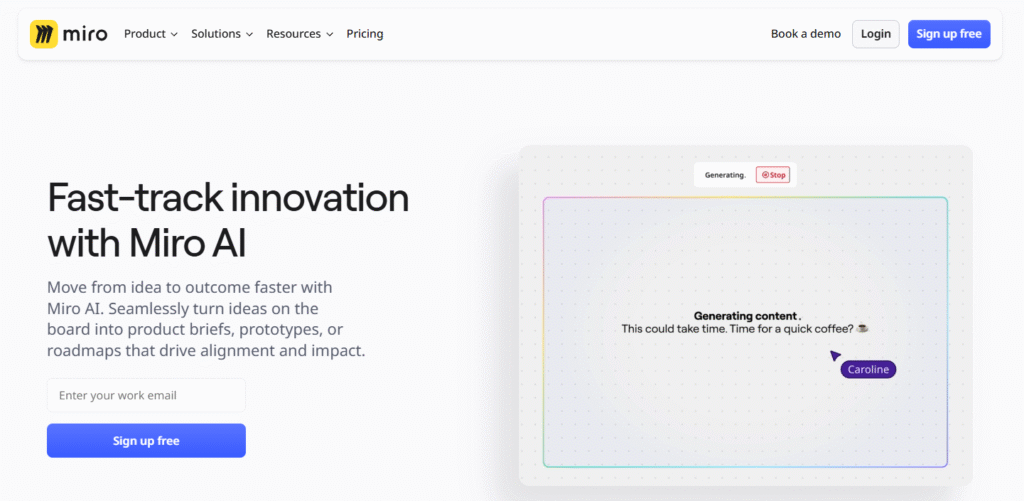
Miro Assist is an embedded AI in Miro (a visual workspace) that you can use for summarizing research insights, grouping ideas, and helping frame problem statements in collaborative boards.
Teams working in workshops can produce user research, draw journey flows, and brainstorm strategy more efficiently.
Ideation & Wireframing
5. UIzard
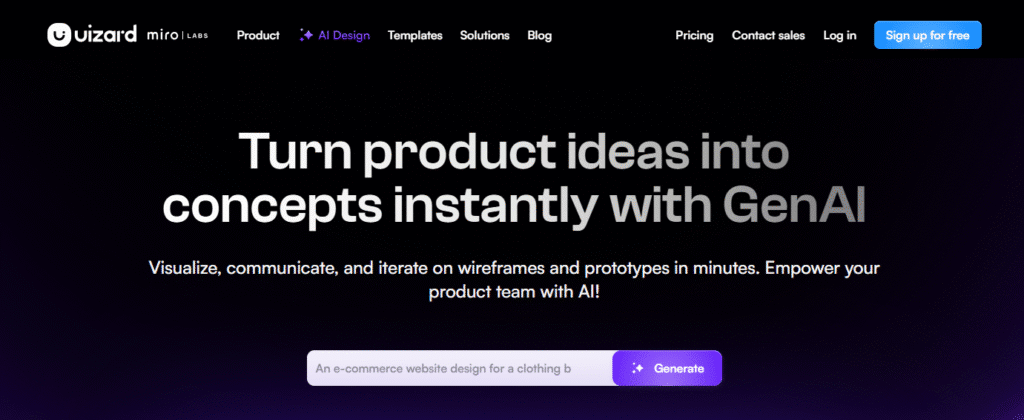
Uizard is an AI-powered UI design software that can change text prompts, screenshots, and sketches into editable wireframes and clickable prototypes, which you can use as a designer to overcome blank-page issues during ideation with multi-screen prototypes in seconds.
6. Visily
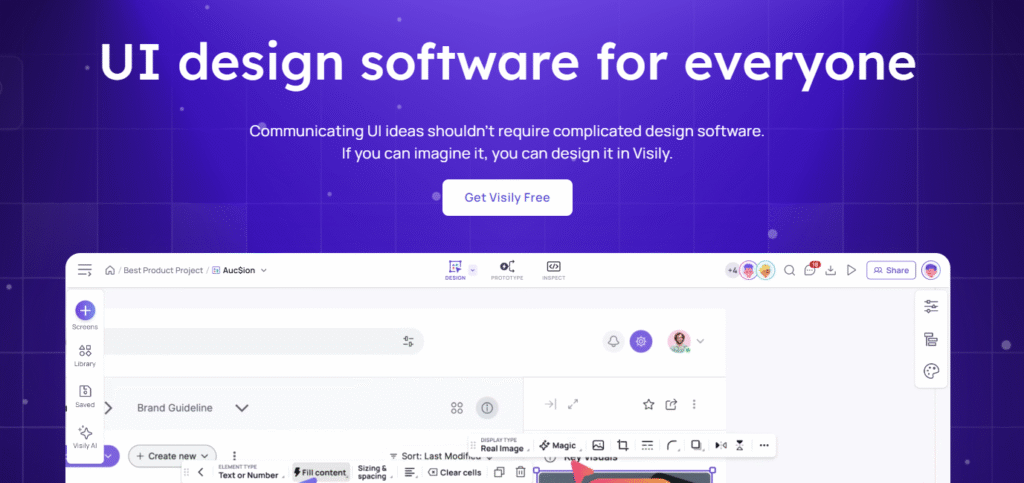
Visily takes a slightly different approach.
This is one of the best AI tools for UI UX design that can generate wireframes from text descriptions, sketches, or even screenshots of existing apps. And the good part is you can export everything from this AI wireframe generator to Figma very easily.
These tools aren’t just for designers. Product managers and founders, even with zero design background, are using them to communicate ideas that would’ve taken weeks to explain otherwise.
Visual Design & Theming
7. Canva Magic Studio
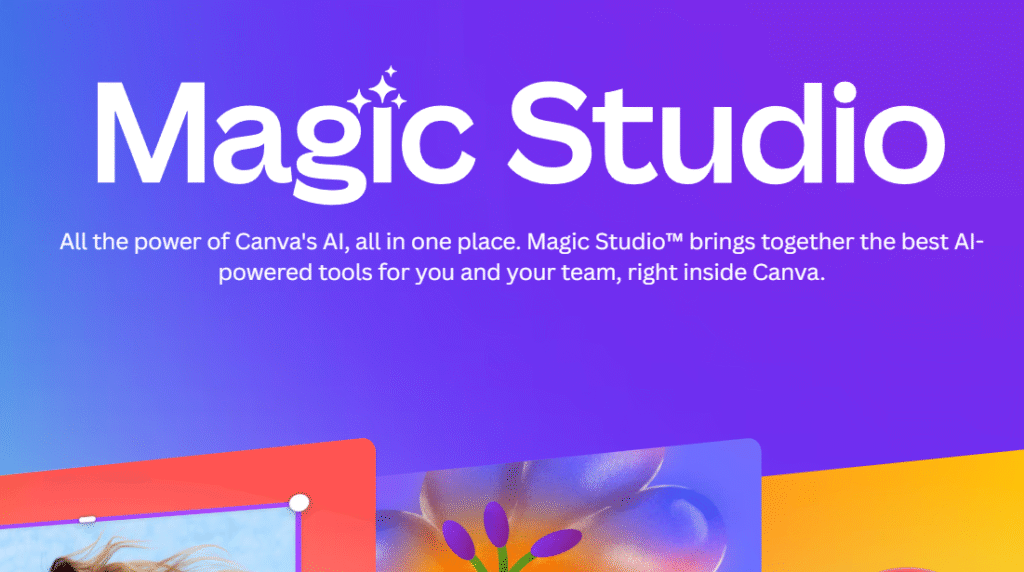
Canva Magic Studio is a suite of AI-powered tools like Magic Design, Magic Media, etc., within Canva for layout generation, image/video creation, and brand consistency.
Using this feature, you can generate presentations and marketing assets that match brand style with minimal effort.
8. Adobe Firefly
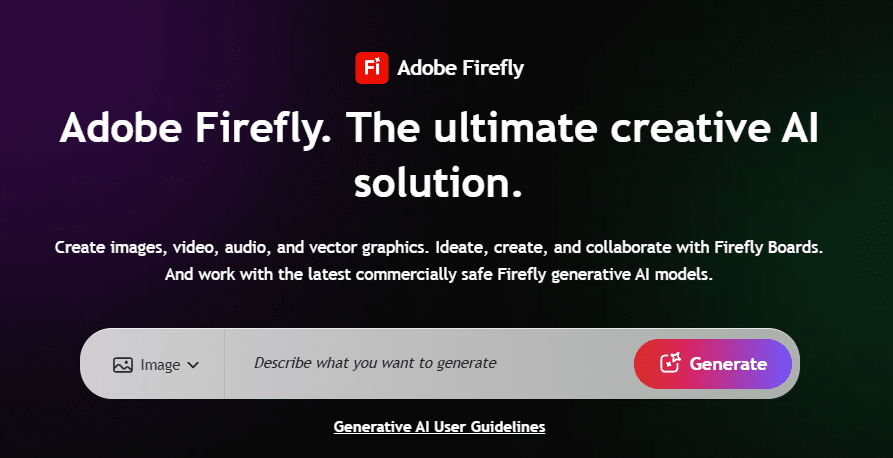
Adobe Firefly is integrated with generative AI, using which you can create new UI assets, patterns, textures, and icons from text or sketches.
With this tool, UX designers can produce customized icon sets or empty-state illustrations directly in XD or Photoshop.
Prototyping & Interaction
9. Framer AI
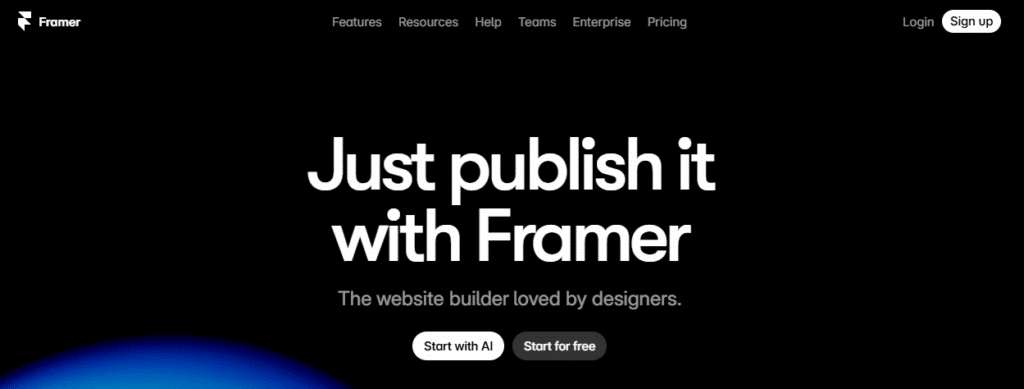
Framer AI is a chat-based AI to which you can give prompts to build responsive pages, add animations, and interactions.
As a designer, you can sketch a page structure through a prompt, get a fully interactive prototype, and publish production-ready experiences.
10. Google Stitch
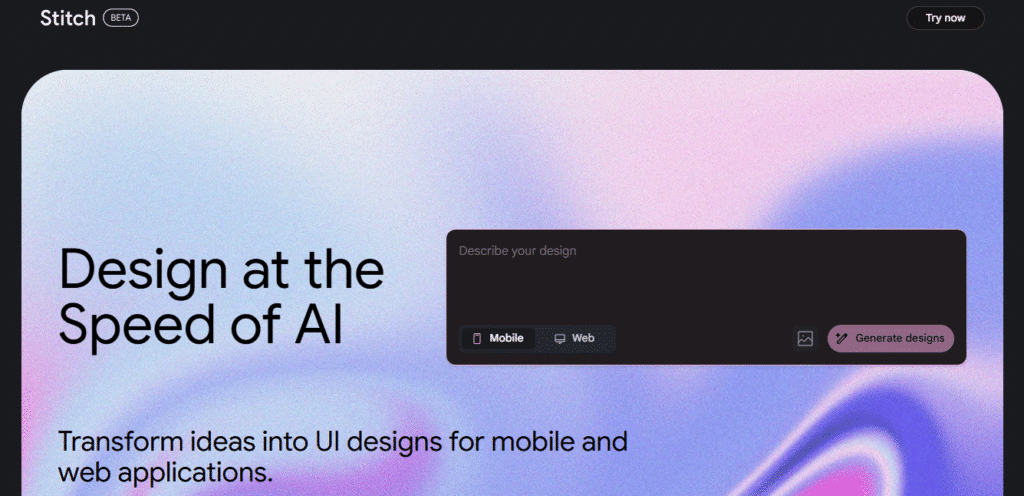
Google Stitch (formerly Galileo AI) can turn your text or image prompts into high-fidelity UI screens and corresponding front-end code, which you can easily export to Figma, CSS, and HTML.
With this AI UI generator tool, you can generate multiple UI variants from prompts, then customize and integrate code into your live projects.
Testing & Feedback
11. Maze

Maze can conduct usability tests for you with AI-powered analysis highlighting user confusion, drop-off points, and journey insights.
Using it, UX teams can test high-fidelity prototypes and receive instant analytics for informed design iterations.
12. Visualeyes
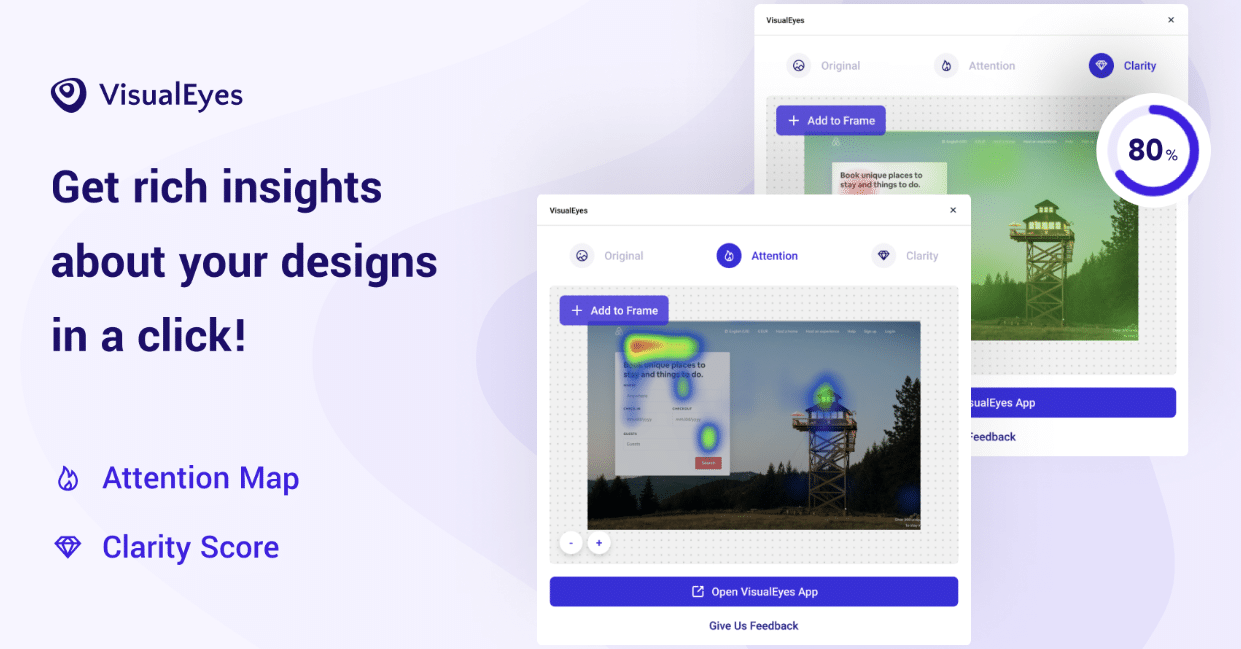
Visualeyes is a Figma plugin that simulates eye-tracking heatmaps using AI.
You just need to upload your design, and it will predict where users will look first, how long they’ll spend on each element, and whether your CTAs are actually visible.
Handoff & Collaboration
13. Figma AI & Magician plugin
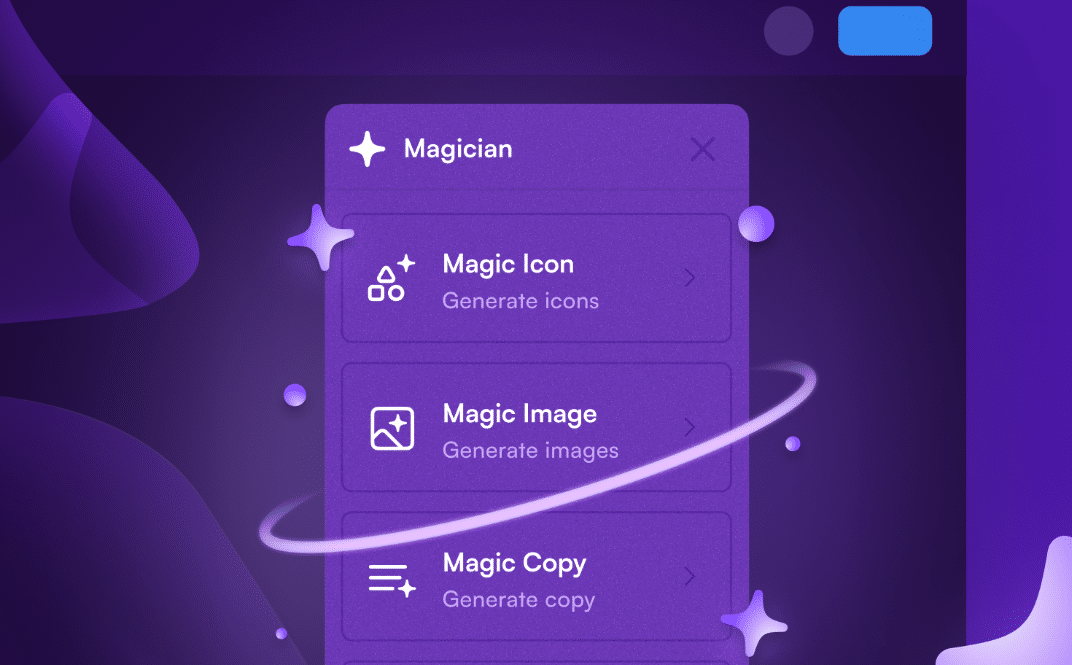
Figma AI & Magician plugin together can change the way you work within Figma.
Figma’s in-built AI can help you with layout suggestions, auto-populating content and assets, while the Magician plugin can generate icons or text for you on demand.
With this combo, designers can speed up the process of asset creation and spec generation, accelerating hand-off to developers and reducing their manual work.
14. Relume
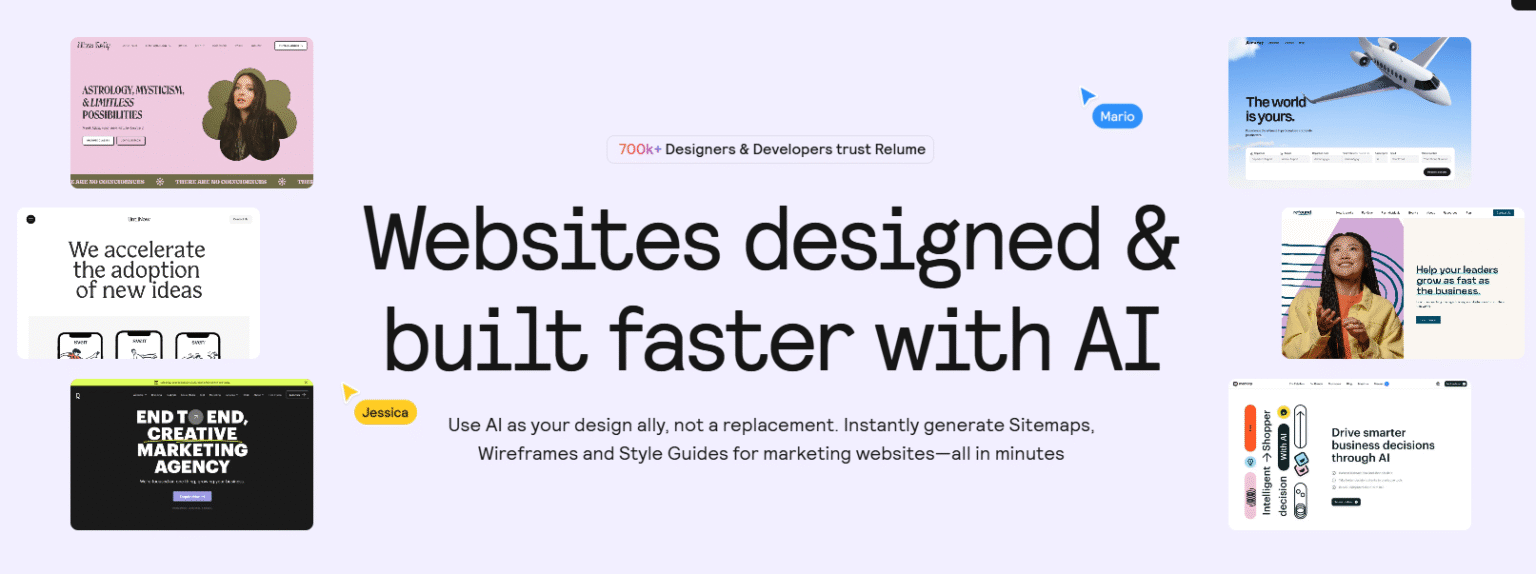
Relume is helpful to automate sitemap creation, component documentation, and content syncing with Webflow or Figma.
Design systems teams can leverage this AI tool to produce output of consistent and ready-to-implement components that streamline their handoff workflows.
Post-Launch Iteration
15. Hotjar
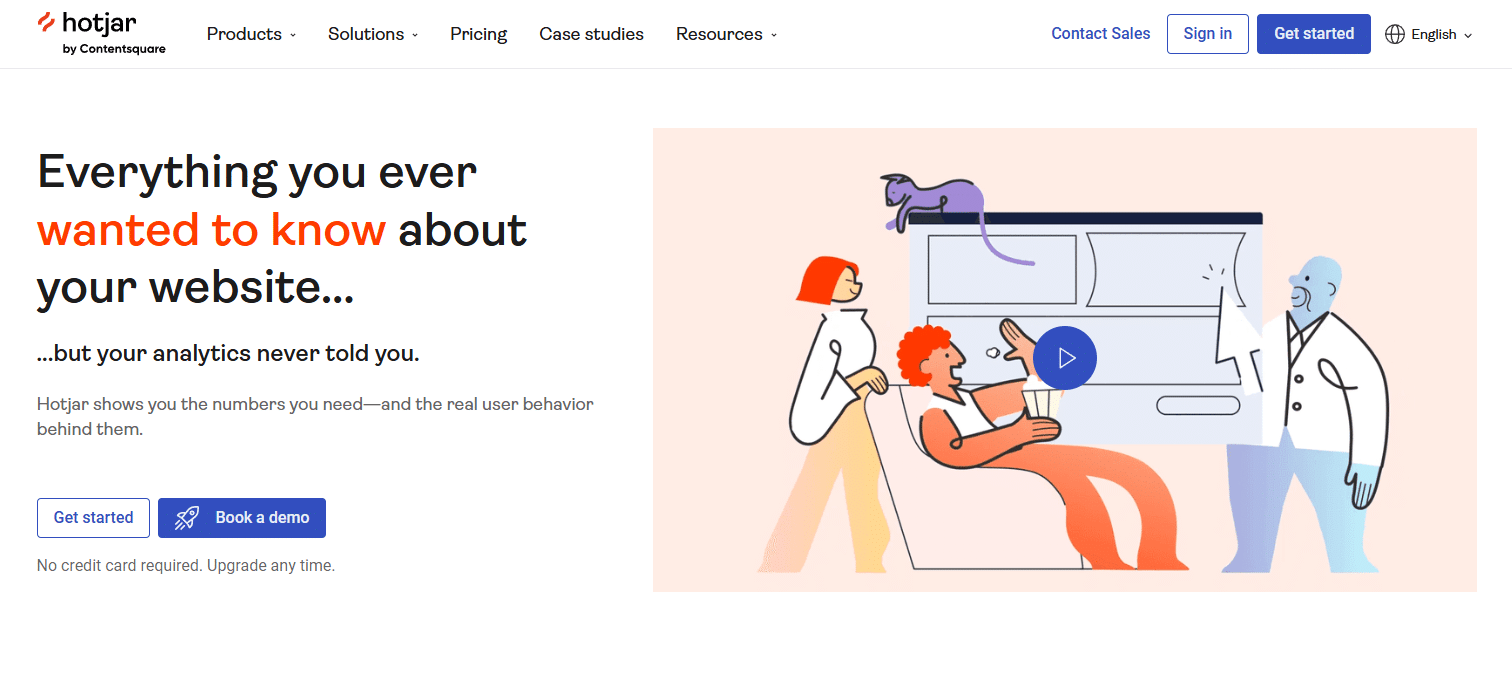
Hotjar with AI Insights analyzes real user behavior and tells you exactly what’s not working on the website or product based on heatmaps and session recordings.
And then with AI-driven insights, you can get specific and actionable recommendations based on how people actually use your or your client’s product.
16. Tability
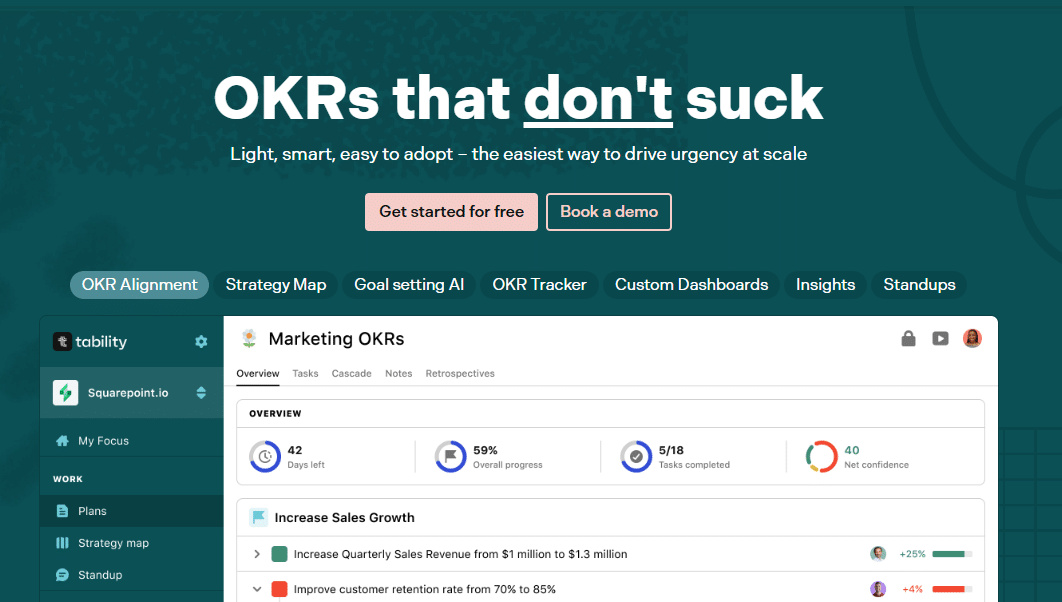
Tability AI completely changes unclear user data into OKRs (objectives & key results) and visual performance reports.
With Tability, you can create measurable goals tied to user data and track the impact of your design iterations on metrics over time.
Best Practices for Integrating AI in UI UX Design
If you’re just starting with AI tools for UI UX design, the journey can feel overwhelming because there’s too much to learn, but there’s a way to do it right, and here it is:
1. Start Small & Think Strategically
If you’re just starting with AI tools for UI UX design, the journey can feel overwhelming because there’s too much to learn, but there’s a way to do it right, and here it is:
You don’t need to integrate your entire workflow of UX/UI design with AI.
Just pick one of your pain points, maybe it’s generating initial wireframes or analyzing user research, and look for the relevant tool, and just start experimenting with it.
AI is here to work with you as a creative partner, not to replace you. So, use it to handle the repetitive stuff like using AI tools to generate UI, so you can focus on strategy and user empathy.
2. Maintain the Human Touch
Keep in mind that AI is good at pattern recognition and generating options, but it can’t understand your users’ emotions or your business context the way you, a human, can.
So, make this a habit to always validate AI-generated insights against real user feedback.
The fundamentals of UI UX design still matter more than ever. AI tools can help you execute faster, but understanding user psychology, design principles, and systems theory is still your task.
3. Quality Control is Everything
It’s a universal truth that AI outputs are only as good as your inputs, i.e., your prompts.
So, spend some time creating detailed prompts by providing context and reviewing results critically.
It’ll also be a good thing for you to set up review processes for AI-generated content.
Just because a tool can create fifty variations doesn’t mean they’re all good. You need to develop an eye for spotting when AI is helping and the times when it’s just adding noise to your design.
4. Stay Updated
The AI industry is changing every month, if not daily, which clearly shows that what works today might be outdated by next quarter.
So, to update yourselves with this domain, you can follow people on social media who are experimenting with these tools, join communities where people share real results, and keep testing new approaches.
And also remember that UX SEO principles apply to AI-generated content too. If you’re using AI to create interface copy or content, make sure it’s still optimized for both users and search engines.
Conclusion
Right now, the design industry is experiencing its biggest shift since the move from print to digital.
And AI tools for UI UX design aren’t just changing how we work, but they’re changing what’s possible for you as a designer.
Studies confirm that AI improves design efficiency by automating repetitive tasks and accelerating prototyping, allowing designers to focus on higher-level creative decisions.
If you also want to advance your design process, you can start by picking one or two tools from the list, spend an hour practically learning about them, and see what’s possible.
Now, if you want to enhance the UI UX design of your product or website, you can contact us for a quick and free discovery call.


